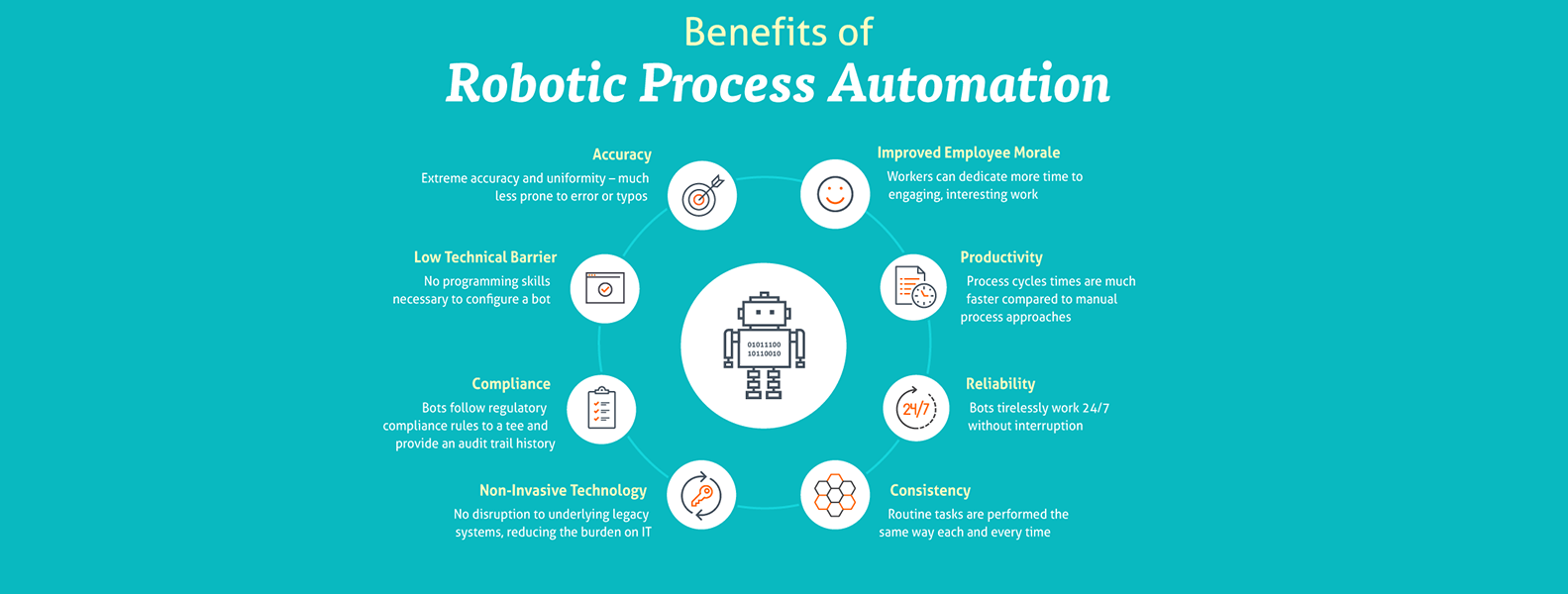
Artificial Intelligence is a way of making a computer, a computer-controlled robot, or a software think intelligently, in the similar manner the intelligent humans think.AI is accomplished by studying how human brain thinks, and how humans learn, decide, and work while trying to solve a problem, and then using the outcomes of this study as a basis of developing intelligent software and systems.
In the real world, the knowledge has some unwelcomed properties −
AI Technique is a manner to organize and use the knowledge efficiently in such a way that-
AI techniques elevate the speed of execution of the complex program it is equipped with.

Technologies like presentation-layer automation software – a technology that mimics the steps of a rules-based, non-subjective process without compromising the existing IT architecture – are able to consistently carry out prescribed functions and easily scale up or down to meet demand. Process automation can expedite back-office tasks in finance, procurement, supply chain management, accounting, customer service and human resources, including data entry, purchase order issuing, creation of online access credentials, or business processes that require “swivel-chair” access to multiple existing systems.
Automated processes in the remote management of IT infrastructures can consistently investigate and solve problems for faster process throughput. RPA can improve service desk operations and the monitoring of network devices. Separating scalability from human resources allows a company to handle short-term demand without extra recruiting or training.
As in voice recognition software or automated online assistants, developments in how machines process language, retrieve information and structure basic content mean that RPA can provide answers to employees or customers in natural language rather than in software code. This technology can help to conserve resources for large call centers and for customer interaction centers.